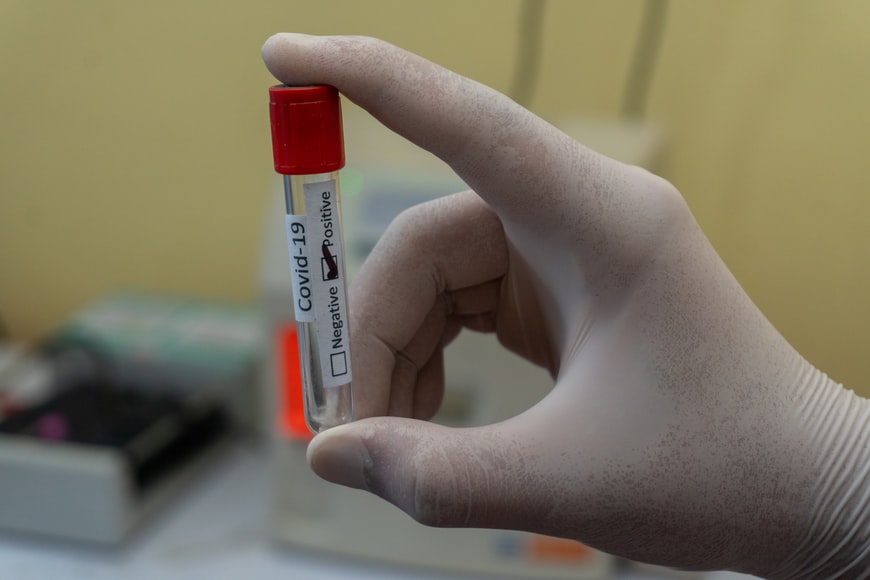Public-health laboratories faced difficulty in detecting the virus that causes Covid-19 with the test called PCR test established by CDC, in February 2020. As a result, the early distribution of Covid-19 was largely overlooked in the United States.
The failure of the CDC’s original batch of Covid-19 tests was caused by a design error and contaminants, according to an assessment by the agency, adding to the knowledge of a critical blunder in the early US reaction to the ongoing Covid-19 crisis.
In early 2020, a three-component test was developed by CDC, in which each looked for a specific section of the virus DNA. The very first two sections were particular to the newfound variant of coronavirus, but the third could also identify several pre-existing coronaviruses.
The test conducted at the CDC’s lab had been successful. In the third component of the test false-positive signals were occasionally discovered by the Public-health laboratories, which were meant to include only distilled water in the testing kits issued by the CDC itself. The initial component of the exam was also damaged, according to others. Patient samples were not used since the problems were discovered during a validation procedure. The third section was omitted altogether and only the first section was revised and included in the test investigation.
Following the contaminated test fiasco, it was excavated by some expert investigators that there is a specific genetic sequencing with a particular kind of genetic code, synthetic in nature, identified in the false-positive test results which were not identical with the Covid-19 virus variant or the reagents of the test. Furthermore, the approximated ratio in the preliminary studies uncovered a 2% in overall laboratories results, specifically in the public health sector.
According to the authorities involved in the contaminated test fiasco, the third component of the test kits had a 97 per cent false-positive ratio. The discovery was validated by sequencing and they also discovered that when two components accidentally contact, it may result in Covid positive.
In August 2020, government investigators showed concerns over the tests having a design problem, reported by the Wall Street Journal. However, according to a Department of Health and Human Services assessment, contamination was declared as the probable reason in June 2020.
A part of some of the tests was infected with a synthetic piece of genetic material, according to the CDC’s study. The findings of the inquiry published Wednesday in the scientific journal PLOS ONE uncovered that components of another element of the test occasionally interacted with one other and caused false positives due to a design defect.
Top-level health authorities’ choices exacerbated both issues. The United States affirmed not to utilize a World Health Organization-endorsed German-developed test, instead of requiring laboratories to go through a potentially long approval procedure before using their tests. In the crucial early weeks, consequently, the country was forced to rely on the CDC’s test. The reactivity of the kits rose with their age, which the investigators believe explains why the mistake happened more frequently in public-health laboratories than in CDC labs. A takeaway lesson from this series of incidents can be that the design errors and contamination issues should be discovered in the quality-control review process before they’re sent out.





